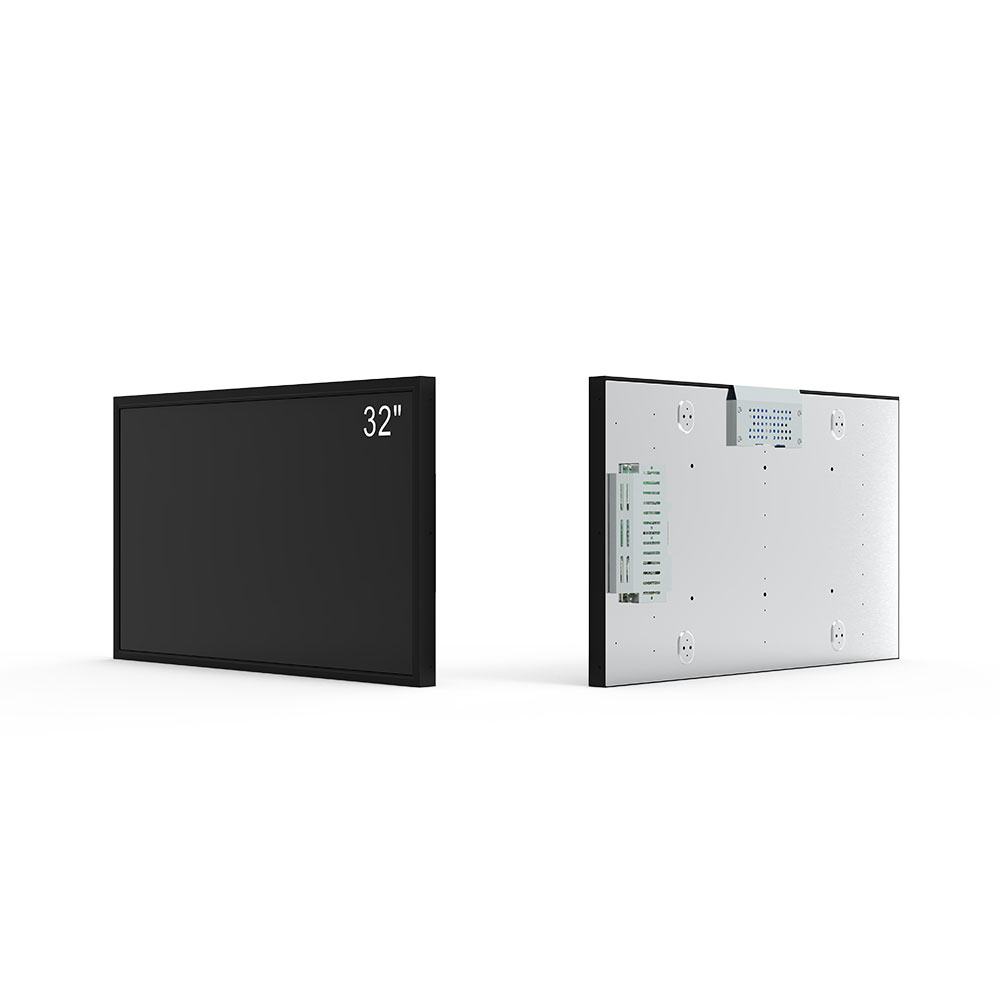- Home
- About Us
- Products
- News
- Video
- Contact
- Send Inquiry
Search
- Home
- About Us
- Products
- News
- Video
- Contact
- Send Inquiry

In the rapidly evolving outdoor digital signage industry, achieving an IP66 waterproof rating is no longer optional—it’s a necessity. IP66, defined by the International Electrotechnical Commission (IEC) standard IEC 60529, guarantees that a display is fully protected against dust ingress (6) and powerful water jets from any direction (6). This level of protection is essential for outdoor LCD screens deployed in environments ranging from coastal cities with salt-laden air to industrial zones exposed to heavy rain or pressure washing.
To meet IP66 standards, manufacturers must integrate a multi-layered design approach. First, the screen enclosure must use sealed aluminum extrusions with gasketing materials like EPDM rubber—proven to withstand UV degradation and temperature extremes from -30°C to +70°C. Second, all cable entries and ventilation ports must be fitted with IP68-rated connectors and mesh filters that prevent water ingress while allowing thermal dissipation. Third, internal electronics must be coated with conformal coatings such as acrylic or parylene, which resist moisture penetration and condensation-induced short circuits.

Real-world case studies validate this engineering rigor. For example, a leading European transit authority installed outdoor LCDs rated IP66 across 150 bus stops in rainy regions. After two years of continuous operation—even during monsoon seasons—no failure due to water ingress was recorded. Similarly, a U.S.-based retail chain used IP66-rated displays in drive-thru kiosks. These units endured high-pressure washes daily without damage, proving durability under aggressive cleaning protocols.
Compliance with IP66 does not stop at design—it requires rigorous testing per IEC 60529. Manufacturers must simulate 10 minutes of water spray from a 6.3 mm nozzle at 12.5 liters per minute and 100 kPa pressure. Failure to pass this test invalidates the rating. Additionally, dust resistance is tested using a dust chamber filled with fine silica powder for 8 hours—a critical step to ensure zero particle infiltration into sensitive optical layers.
For end-users, selecting an IP66-rated outdoor LCD means peace of mind in unpredictable weather, reduced maintenance costs, and extended lifespan. It also aligns with global sustainability goals by minimizing e-waste from premature failures. With growing demand for resilient public information systems—from smart city panels to solar-powered advertising displays—IP66 compliance has become a benchmark, not a bonus.